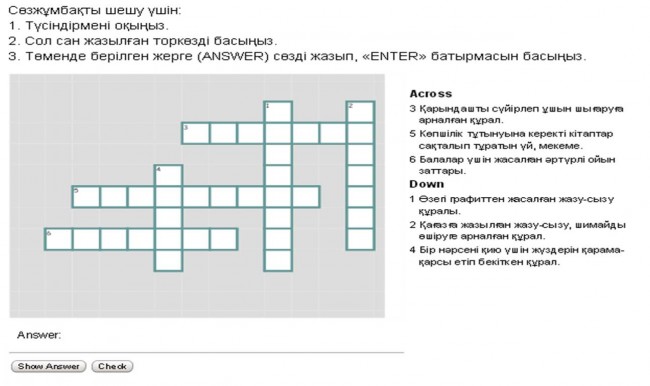The British government’s policies toward the American colonies in the 1760s and 1770s were controversial in Great Britain; some people favored the government’s actions while others were sympathetic to the grievances of the colonists, with a wide range of opinions in between. When war broke out, the controversy continued, with some believing in reconciliation, some championing unrestrained use of military force, others still seeing American independence as the best outcome. The diversity of opinions made for no shortage of editorial content in the nation’s media, and in this era the primary editorial medium was print. Newspapers, magazines, pamphlets, broadsides, cartoon prints and other ephemera broadcast opinions in London, Edinburgh, Dublin and most other cities and large towns across the British Isles. Authors of political tracts didn’t rely solely on prose. Songs, poems, plays and pictures were all used to promote political opinions, often relying on satire and other entertainment techniques to make the message attractive to eager consumers. One of the more unusual techniques was the rebus, a message written using a combination of letters and pictures.
The reader had to decipher the message by interpreting the pictures and then combining them with the letters to form words. As such, the rebus provided satisfying entertainment to convey its message.  Two examples, published in London in 1778 and currently held by the Library of Congress, appear below. The first is a letter from Britannia imploring her rebellious daughter America to stop courting a French suitor. In the opening line, Britannia is rendered as the Roman goddess of that name, a toe is used to phonetically indicate “to,” and an eye forms the third syllable in “America.” So the letter begins, Britannia to America.
Two examples, published in London in 1778 and currently held by the Library of Congress, appear below. The first is a letter from Britannia imploring her rebellious daughter America to stop courting a French suitor. In the opening line, Britannia is rendered as the Roman goddess of that name, a toe is used to phonetically indicate “to,” and an eye forms the third syllable in “America.” So the letter begins, Britannia to America.
The next line reads, “My dear Daughter I can not behold without great pain your headstrong backwardness” (using images of a deer, eye, can, knot, bee, grate, ewer, head, etc.). Try to puzzle out the rest, and the amusing message in the second rebus! Journal of the American Revolution is the leading source of knowledge about the American Revolution and Founding Era. Appealing to scholars and enthusiasts alike, we feature meticulous, groundbreaking research and well-written narratives from scores of expert writers.

Ruzbihan Baqli (Q3458926) From Wikidata. Jump to navigation Jump to search. Language Label Description Also known as; English: Ruzbihan Baqli. 2 references. Imported from Wikimedia project. Persian Wikipedia. EXAMPLES OF REACTIONS IN FOOD PROCESSING Browning of sugar and protein resulting in darkening and bitter flavors (Maillard reaction) Starch gelatinization Sucrose hydrolysis to glucose and fructose Color formation during meat processing Microbial growth during food processing Nutrient degradation during thermal processing Fermentation process -yoghurt, baking.
• Made it so that links in the “other projects” sidebar are alphabetically ordered • Made the diff views for dates easier to read • Continued work on the planned Wikibase View component • Continued work on header redesign • Worked on a new special page that lets you set label, description and aliases in one page • Fixed all browsertests to use new header section and adjusted them to use phantomjs • Monthly Tasks • Hack on one of. Que es un manual de convivencia. This can be used for rendering for example qualifiers or references. • could use some serious simplification to make it easier to understand. • Help fix which have been flagged using Wikidata - The Game.